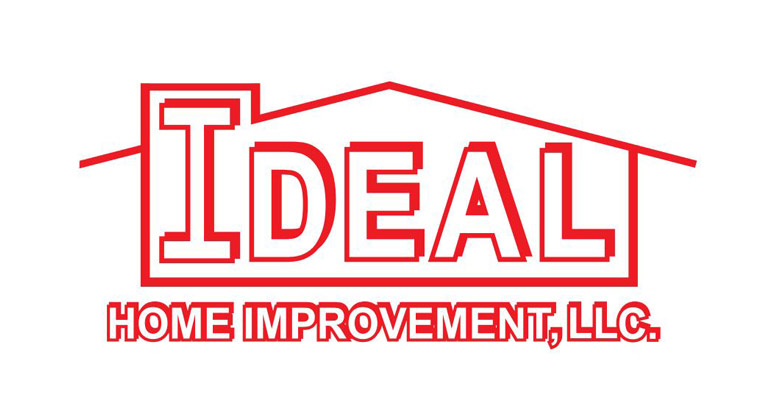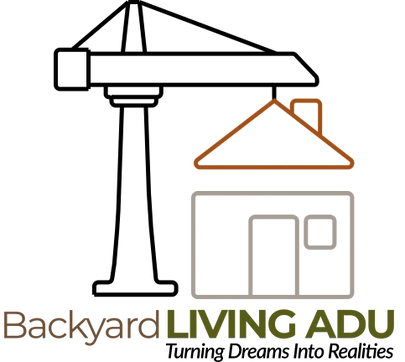Home Improvement Tips
Using All of Your Walls for Storage
When it comes to untapped storage assets, a good place to focus your attention first is on your walls. Walls primarily serve to separate rooms from each other (or indoors from outdoors), but they actually provide some additional utility.
Think about it this way: walls bound a space, and in doing so, create areas that you can’t move through like you would if your home was one giant room. So if you can’t use the areas with walls for moving around, you might as well use them to hold things!
Even when a wall is already partially utilized for storage, think about how you could possibly make use of the space above or below what’s already there. The area all the way from the floor to the ceiling is at your disposal, after all.
Yes, everyday items should be located roughly at waist-to-head height (in the neighborhood of 3 ft to 6 ft off of the floor). But spaces that are very high or very low are still great places for infrequently used items.
Wall Shelves
The obvious place to start with wall utilization is shelves. And whether you go with freestanding shelves, wall-mounted shelves, or ceiling-hung shelves, the benefits are largely the same.
Shelves give you the ability to hold boxes, tins, and other containers. Or just objects that due to size and shape don’t lend themselves to hanging individually.
The problem with shelves is that if you make them too deep, you lose track of things in the back! This is especially true for shelves that are very high or very low. All of us have probably found ourselves standing on a chair or still, digging through items hidden on the back row of a shelf.
Nevertheless, shelves are a foundational element of your container storage plan. You can certainly purchase pre-made shelves, or build custom shelves of your own.
A middle-ground would be buying an adjustable shelving kit made for pantries and closets with vertical tracks that enable you to reconfigure the position of shelves over time.
Remember that even if a particular wall feels too narrow to use for a conventional shelf, a corner-shelf is a great option worth exploring to get an extra bit of storage.
Wall Storage for Hanging Items
Hanging certain commonly used items directly from the wall is a good choice. A wall-hung tool can be accessed quickly without searching and this storage mechanism enables you to quickly and visually determine if something is missing. It also saves you table and counter space for the other things you have that can’t be hung as easily.
What can be hung from a wall? More things than you think. Examples include coats, knives, kitchen utensils, keys, brooms, blankets, and more.
You also have a number of options on how to hang items. The most obvious choice is screwing a bracket or hook into the wall. You could also use adhesive hooks, some of which are fairly strong and yet also removable. Attaching via epoxy is extremely strong and permanent and doesn’t require any drilling or mechanical fasteners.
In the above section, we mentioned adjustable shelving kits, and there are similar options for hanging items. Pegboard, slatwall, and track systems all permit numerous configurations of hooks and other attachments. And they can actually help continue the modern, industrial look many container homeowners are looking for.
One other option to explore if you have a section of exposed shipping container wall in your home is magnets. Industrial-strength rare-earth magnets commonly made from Neodymium can hold a surprising amount of weight. However, don’t be confused about their stated weight rating as they will slide down a wall with much less force than what is required to actually remove them.
If you have an exposed container steel wall but don’t want to use magnets. you still have options like welding, bolting, or epoxying on attachment points.
Above-the-Door Storage
Another often-overlooked section of wall space is the small sliver above doorways (and similar areas like windows and mirrors as well). While many people will write these sections off as too small to be worth the trouble, a simple shelf like the one below is quite simple to add.
Depending on the height of your ceiling (which is driven by the type of containers you use), you may have enough vertical space for several boxes or tubs.
Under-Bed Storage
Beds take up a lot of space, especially in a tiny home. For instance, a Queen-sized bed uses a little over 33 square feet of floor area. But, what if the space the bed occupies could serve another purpose at the same time?
Most people don’t want to lay on a mattress that’s on the floor. It makes it hard to get up and down, hard to see out of windows, etc. Instead, most prefer their bed to be a few feet off of the floor. As a secondary benefit, having the bed slightly elevated opens up the area underneath as a potential storage location.
Open Storage
A typical bed frame gives between six inches and a foot of clear space under the bed. You may have one in your house right now, and if so, your pet is probably resting under it!
These open storage spaces require a large bed skirt to hide what you’re storing, and they are still easily accessible by pets and small children due to a lack of cabinetry around them. They also make it a bit more difficult to access your stored goods that aren’t near the edge of the bed frame. However, special boxes and totes with a short height that slide under beds can be found.
Beds with Drawers
Another option is to purchase a bed that is designed with drawers as part of the bedframe. This is significantly more expensive than a simple metal bed frame, but it does give you access to a lot of secure storage underneath and a professional look.
You’re unlikely to find one of these beds that is more than a foot or two high, so you’ll be capped out on storage space. And if you have any oddly shaped items, they may not always fit in the available drawers.
These types of beds are sometimes called Captain’s Beds, named after the bed that the captain of a ship might have in his private quarters to hold his personal items. They can also be considered a type of platform bed, although that general category doesn’t necessarily include storage areas and just indicates that the bed is elevated on a platform.
The Captain’s Bed above is an example of one that is meant to be placed sideways against a wall. This can actually be a great option for a tiny container home with narrow rooms if you don’t mind only being able to enter the bed from one side.
Tilt-Up Bed
Taking a page out of the RV industry’s playbook leads us to tilt-up beds. With one of these beds, you hinge the support slats or plywood under the mattress, allowing it to be raised up on one end. This provides access to a cavernous, enclosed space beneath the bed.
Thanks to lift-supporting gas struts similar to the ones you’ll see on the hood and trunk of your car, the bed takes minimal effort to open and will stay open until pulled down. You can purchase an affordable kit like the one below to make your own tilt-up bed that integrates perfectly into your container home design.
Because tilt-up beds are often sold as kits, you can make the bed as high as you want. In other words, you can make the storage area below the bed as deep as you want to create as big of a storage space as you need. Just make sure that when the bed tilts up, it doesn’t hit the ceiling or light fixtures!






